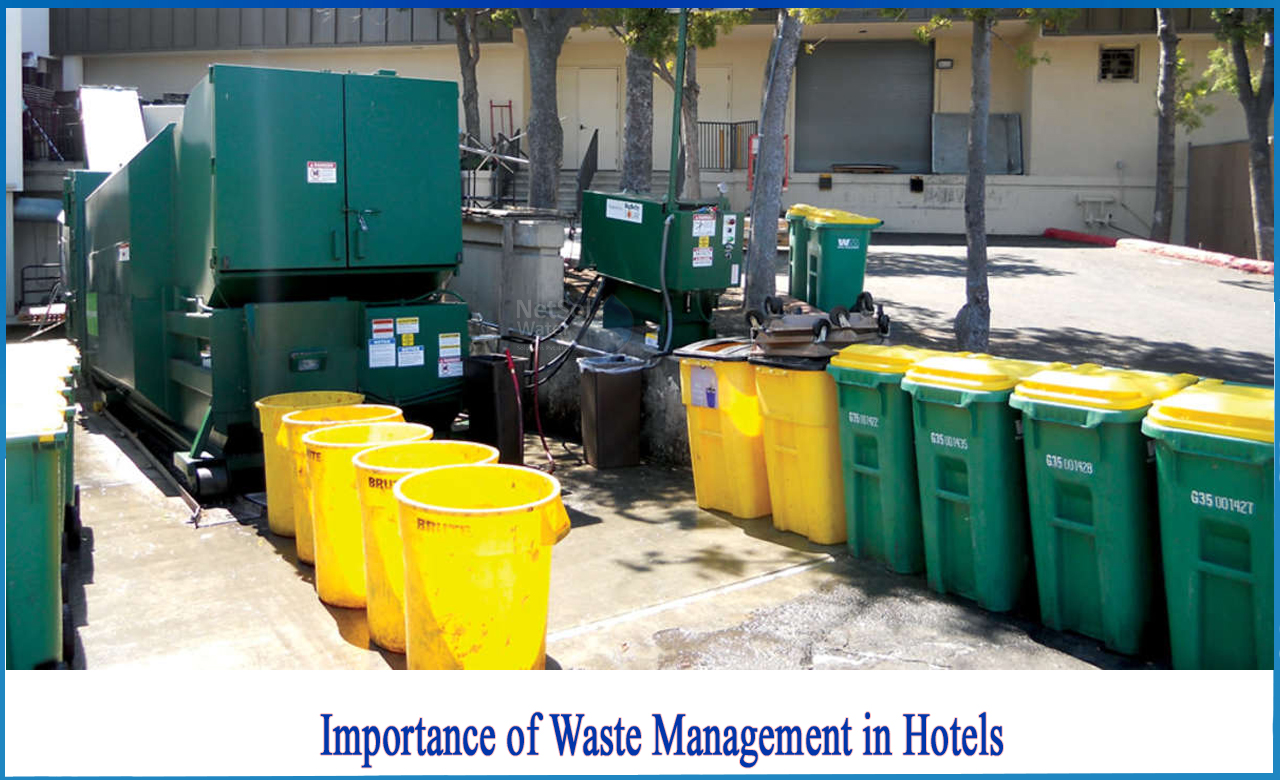The 2-Minute Rule for Reclaim Waste
Wiki Article
Our Reclaim Waste PDFs
Table of ContentsThings about Reclaim WasteFacts About Reclaim Waste RevealedReclaim Waste Fundamentals ExplainedSome Of Reclaim WasteSome Of Reclaim Waste
Domestic sewage waste refers to the waste and products from a household septic tank. The appropriate management and disposal of domestic sewer waste require fluid waste to be moved to a sewage therapy plant where the appropriate approaches and equipment are applied to cleanse and dispose of waste.
Business waste commonly consists of potential risks, such as flammable products or a combination of liquid and strong waste products, and needs an extra sophisticated and comprehensive disposal process. The disposal of industrial waste usually entails the filtration of waste before transportation to ensure secure and proper disposal. Hazardous waste is developed from by-products and overflow of commercial procedures and manufacturing.
This kind of waste can not utilize the very same sewage management transportation or procedures as septic or commercial liquids. The hazardous waste management process requires the assessment and screening of fluid waste prior to it undergoes the disposal process (liquid waste disposal). Drainage waste is the liquid waste that comes from runoff and excess stormwater in highly populated areas or cities
Overflow waste can cause contamination and flooding if not handled correctly. Making sure proper waste monitoring can protect against calamities and minimize environmental harm.
How Reclaim Waste can Save You Time, Stress, and Money.
Call PROS Providers today to find out about our waste monitoring and disposal services and the correct ways to take care of the liquid waste you generate.(https://boom-fruit-496.notion.site/Industrial-Wastewater-Treatment-The-Key-to-a-Cleaner-Greener-Future-13c9fdbb2e9380eca32fee3a79088ddf?pvs=4)Do you recognize what takes place to your water when you disengage, flush the toilet or drain pipes the cleaning device? No? Well, it deserves recognizing. This so-called 'wastewater' is not just an important resource yet, after treatment, will certainly be released to our land, rivers or the ocean. Used water from commodes, showers, baths, kitchen sinks, washings and industrial procedures is called wastewater.

water made use of to cool equipment or clean plant and tools). Stormwater, a type of wastewater, is drainage that flows from farming and city areas such as roof coverings, parks, gardens, roadways, courses and seamless gutters into stormwater drains, after rain. Stormwater moves unattended directly to local creeks or rivers, ultimately reaching the ocean.
Indicators on Reclaim Waste You Should Know
In Queensland, most wastewater is treated at sewage treatment plants. Wastewater is delivered from domestic or commercial websites with a system of sewers and pump stations, referred to as sewage reticulation, to a sewer therapy plant. City governments construct, preserve and run most sewer therapy plants. Operators are licensed under the Environmental Management Act 1994 to discharge treated wastewater at an appropriate ecological requirement into rivers.The Division of Natural Resources advises neighborhood federal governments concerning handling, operating and keeping sewerage systems and therapy plants. In unsewered locations, city governments might require householders to mount specific or family sewer treatment systems to deal with residential wastewater from commodes, cooking areas, washrooms and washings. The Division of Natural Resources authorizes using household systems when they are proven to be reliable.
Most stormwater receives no therapy. In some brand-new class, treatment of some stormwater to get rid of trash, sand and gravel has actually started making use of gross contaminant traps. Wastewater therapy takes place in 4 stages: Removes strong matter. Bigger solids, such as plastics and various other things incorrectly released to drains, are gotten rid of when wastewater is travelled through screens.
Utilizes little living organisms understands as micro-organisms to damage down and eliminate continuing to be liquified wastes and fine fragments. Micro-organisms and wastes are included in the sludge.
The Ultimate Guide To Reclaim Waste
Nutrient removal is not available at all sewer therapy plants due to the fact that it requires pricey specialized tools. Clear fluid effluent generated after therapy may still contain disease-causing micro-organisms - industrial wastewater treatment.
The majority of wastewater flows right into the sewage system. Under the Act, regional federal governments provide approvals and permits for eco relevant tasks (Periods) involving wastewater launches that may have a local effect.
7 Simple Techniques For Reclaim Waste
Otherwise, samples are considered lab evaluation. Commonly many tests are required to establish the levels of each of the various pollutants such as oils, heavy steels and chemicals in water. Surveillance provides factual info regarding water high quality and can validate that permit problems are being fulfilled. The information acquired through tracking offers the basis for making water high quality decisions.Report this wiki page